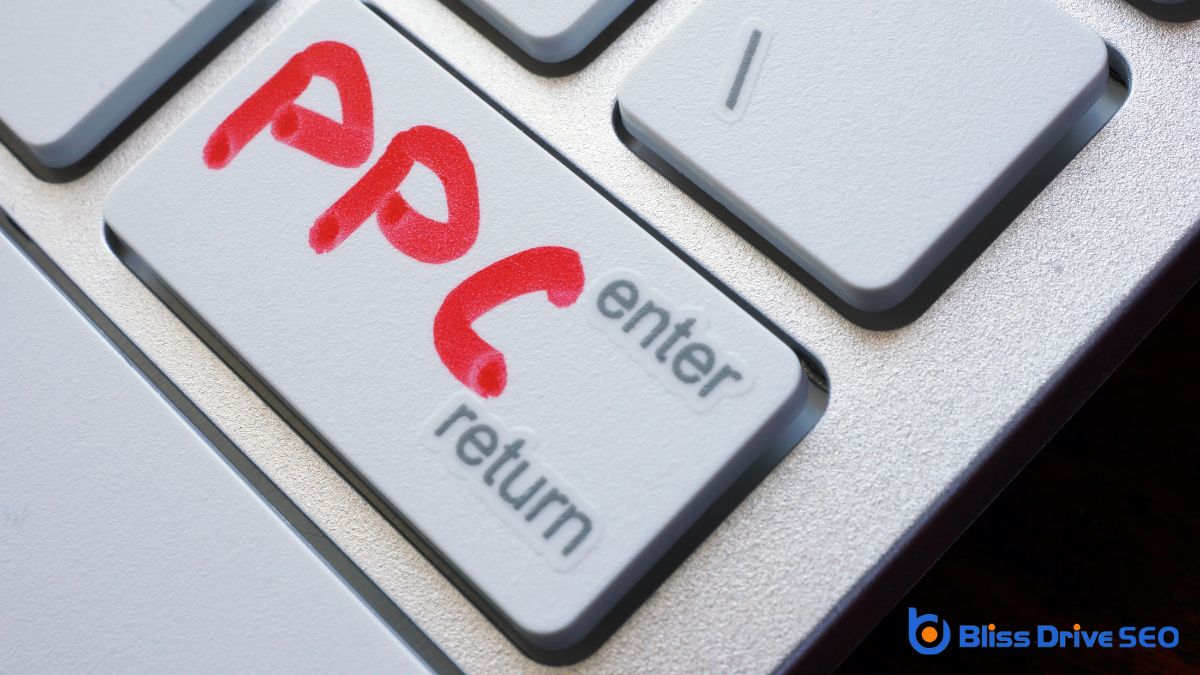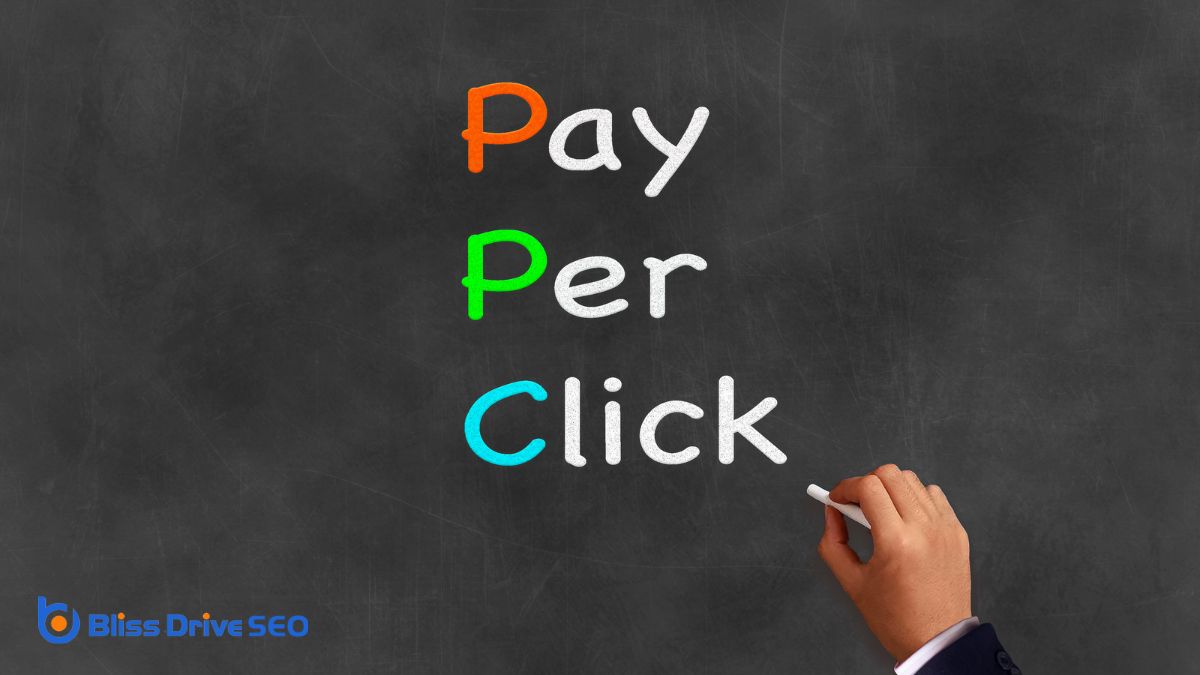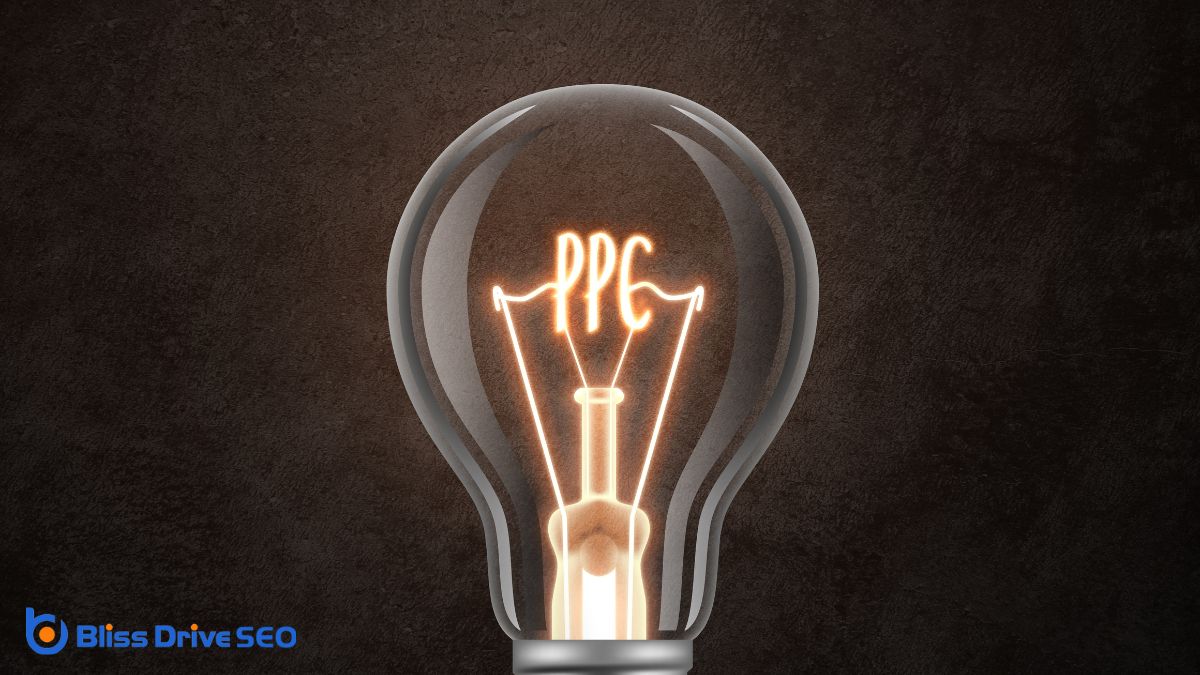Digital Marketing Services
Learn More About Us

You can definitely make money with pay-per-click (PPC)An online advertising model where advertisers pay a fee each time their ad is clicked. advertising by driving targeted traffic to your website and boosting conversions. By choosing the right platform, crafting compelling ad copyThe text or content of an advertisement., and targeting the ideal audience, PPC can elevate brand visibility and sales. Set a strategic budget and bidding tactics while focusing on monitoring and refining campaigns for the best return on investment. Learn more about maximizing these strategies for peak success.
When it comes to understanding the basics of PPC advertising, you need to grasp how this model functions and its potential impact on your business.
PPC, or pay-per-click, is an online advertising method where you pay a fee each time someone clicks your ad. It's a way to buy visits to your site rather than earning them organically.
This model allows you to target a specific audience using keywordsWords or phrases that users type into search engines to find information. related to your business. By bidding on these keywords, you can secure ad space on search engines like Google.
The key is managing your bids and budget wisely to guarantee a positive return on investment. Effective PPC campaigns can drive traffic, increase brand visibility, and potentially boost sales, impacting your business positively.

How do you decide which PPC platform is right for your business? Start by considering your target audience. Different platforms attract different demographics, so it's essential to know where your potential customers spend their time.
Google Ads is ideal if you want to reach a broad audience, while Bing Ads might suit those focused on a slightly older demographic. Social media platforms like FacebookA social networking site where users can post comments, share photographs, and links to news or othe... or InstagramA photo and video-sharing social networking service owned by Facebook. could work best if your audience is more visually driven or younger.
Next, consider your budget and goals. Some platforms offerThe specific product or service being promoted by affiliates. better ROI for specific industries. Test a few platforms with smaller budgets to determine which yields the best results.
Finally, analyze the features each platform offers. Some provide advanced targeting options or analytical tools that could benefit your campaignA set of ad groups sharing a budget, targeting options, and other settings..
Crafting compelling ad copy is essential to maximizing clicks in a pay-per-click campaign, as it directly influences a potential customer's decision to engage with your ad.
You must focus on creating clear, concise, and persuasive messages that grab attention and spark curiosity. Start by understanding your audience's needs and interests, then highlight how your product or service meets those needs.
Use powerful words and a strong call to action to encourage clicks.
Here are some tips to enhance your ad copy:
Having crafted compelling ad copy, the next step is ensuring it reaches the right audience for the best results. Start by identifying your ideal customer. Who are they? Consider demographics like age, gender, location, and interests.
Use tools like Google AnalyticsA web analytics service offered by Google that tracks and reports website traffic. to gather data and refine your audience profile. This helps tailor your ads to people most likely to engage.
Leverage platforms' targeting options to zero in on specific traits. For instance, use keywords that resonate with your audience's needs or preferences.
SegmentationThe process of dividing a market or customer base into distinct groups with similar characteristics.... is key; it allows you to customize your message for different groups. Monitor audience engagementThe interactions that users have with a brand’s content on social media. and tweak your strategy based on performance.
Setting a clear budget and effective bidding strategy is essential for pay-per-click success. You need to decide how much you're willing to spend daily, ensuring it aligns with your overall marketing budget. By setting a limit, you prevent overspending and can allocate resources to other marketing channels.
Choose the right bidding strategy that matches your campaign goals, whether it's maximizing clicks, conversions, or impressions.
Consider these key points:
With these strategies, you're setting the foundation for a successful PPC campaign.
Once you've established a solid budget and bidding strategy, it's important to focus on monitoring and analyzing your campaign performance.
Start by regularly reviewing key metrics like click-through rate (CTR)The percentage of users who click on a specific link or CTA., conversion rateThe percentage of visitors who complete a desired action, such as making a purchase or filling out a..., and cost per conversionThe completion of a desired action by a referred user, such as making a purchase or filling out a fo.... These metrics help you understand what's working and where adjustments are needed.
Don't overlook your ad's performance across different demographics and devices, as this can uncover valuable insights.
Use analytics toolsSoftware used to track and analyze website performance, user behavior, and marketing efforts. to track user behavior on your landing pages. Look for patterns in how visitors interact with your site, as this information can guide you in making effective changes.
Regularly update your keywords and ad copy based on performance data. Staying proactive and responsive to the data will guarantee your PPC campaigns remain effective and profitable.
To boost your Quality ScoreA metric used by Google Ads to measure the relevance and quality of keywords and ads., focus on optimizing keyword relevance by ensuring they match user intent.
Enhance your ad copy to be compelling and directly related to your keywords.
Align your landing pageThe web page a user is directed to after clicking on an affiliate link, optimized for conversions. content with the ad promises to provide a seamless experience for visitors.
Optimizing keyword relevance is essential for boosting your Pay-Per-Click (PPC) campaigns' Quality Score. You need to guarantee that your keywords closely align with your ad content and landing pages. This alignment improves your Quality Score, reduces costs, and enhances ad performance.
Start by researching the most relevant keywords that match your target audience's search intentThe purpose behind a user’s search query.. Use tools like Google's Keyword Planner to discover high-performing keywords.
Here are some strategies to optimize keyword relevance:
Enhancing your ad copy is essential for improving your Pay-Per-Click (PPC) campaigns' Quality Score, as it directly influences click-through rates and audience engagement. Start by crafting compelling headlines that grab attention and clearly convey your offer. Use relevant keywords naturally within your ad text to increase relevance. A strong call-to-action encourages users to click, driving more traffic to your site.
Here's a quick breakdown:
| Element | Strategy | Benefit |
|---|---|---|
| Headline | Use compelling language | Captures attention |
| Keywords | Integrate naturally | Boosts relevance and Quality Score |
| Call-to-Action | Be direct and inviting | Increases click-through rates |
After crafting impactful ad copy, aligning your landing page with your PPC ads becomes the next critical step to improving your Quality Score.
When your landing page reflects the promises made in your ads, it enhances user experience and boosts your Quality Score.
Here's how you can achieve perfect alignment:
To boost your conversions with remarketing, start by strategically segmenting your audience based on behavior and interests.
Craft tailored ad messages that resonate with each segment, ensuring they feel personalized and engaging.
Finally, optimize the frequency and timing of your ads to keep your brand top-of-mind without overwhelming potential customers.
Remarketing is a powerful strategy that can considerably boost your conversion rates by targeting specific audience segments.
By focusing on users who've interacted with your site, you can tailor ads to their interests and needs.
Strategic audience segmentationDividing a social media audience into smaller groups based on specific criteria for targeted marketi... divides these visitors into distinct groups, allowing you to address their unique behaviors and preferences.
Consider segmenting based on:
Building on the concept of strategic audience segmentation, tailored ad messaging becomes a key tool in boosting conversion rates through remarketing.
By personalizing your ads to match the interests and behaviors of past website visitors, you can effectively re-engage them. Remarketing allows you to remind users of what they left behind, whether it's an abandoned shopping cart or a browsing session on your services page.
Customize your messaging to address their specific needs or pain points, making your ads more relevant and compelling. Crafting concise, targeted messages increases the likelihood of capturing their attention and prompting action.
Use engaging visuals and strong calls to action that resonate with your audience. This approach not only keeps your brand top-of-mind but also encourages users to complete their purchase journey.
Ever wondered how often you should display your ads to maximize conversions? The secret lies in frequency and timing optimization through remarketing.
By strategically targeting users who've previously interacted with your brand, you can keep your ads fresh and relevant. But remember, it's about finding the right balance. Too frequent, and you risk annoying potential customers; too sparse, and they might forget about you.
Consider these tips:
Understanding these elements can greatly boost your conversion rates.
While diving into Pay-Per-Click (PPC) advertising, it's easy to stumble into common pitfalls that can drain your budget and hinder your campaign's success.
First, avoid targeting too broad an audience. Narrow your focus to attract quality leads who are genuinely interested in your offerings.
Another mistake is neglecting ad copy. Make certain your message is clear, concise, and compelling to stand out.
Don't forget to use negative keywords to filter out irrelevant traffic, saving you money.
Monitor your campaigns regularly; ignoring analyticsThe systematic computational analysis of data or statistics to gain insights and support decision-ma... can leadA potential customer referred by an affiliate who has shown interest in the product or service but h... to missed opportunities for optimization.
Finally, set clear goals and align your strategy with them. Without a defined objective, your campaign may lack direction, making it difficult to gauge success or make necessary adjustments.

Understanding how to measure the return on investment (ROI)A measure of the profitability of an investment, calculated by dividing the net profit by the cost o... from your PPC campaigns is essential for determining their effectiveness.
To start, you'll need to track costs versus revenue. Calculate your total ad spendThe total amount of money spent on advertising campaigns. and compare it to the income generated from those ads. This will give you a clear picture of profitability.
Don't forget to factor in additional metrics that can influence your ROI.
In your PPC journey, you're equipped with the tools to succeed. Choose the right platform, craft compelling ads, and target your audience wisely. Set a smart budget and bidding strategy while focusing on improving your Quality Score. Don't forget to leverage remarketing for those extra conversions. Steer clear of common pitfalls and always measure your ROI. With these strategies in place, you're well on your way to making money through pay-per-click advertising.
